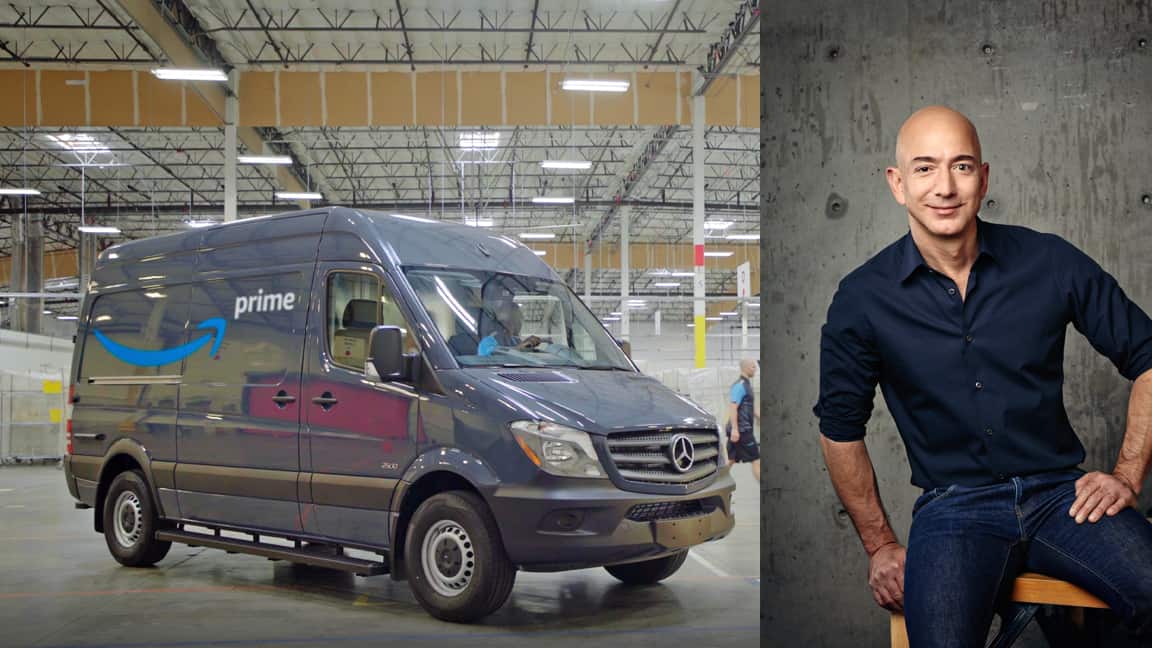Last-mile delivery and logistics poised to take center stage in the new decade

Story by: @ freightwaves.com
The 2010s started with logistics in its traditional place toward the back of the bus. The decade ended with logistics behind the wheel.
It began with the sector, like the rest of the U.S. and world economies, digging out from the worst recession in more than 70 years. E-commerce existed but was hardly mainstream. Amazon.com Inc. (NASDAQ:AMZN) sold stuff and used others to ship it. XPO (NYSE:XPO) were letters in the alphabet before they became linked with its founder, Brad Jacobs, who did the unthinkable in this business by buying and integrating 17 companies in just four years. Consumers were effectively told how, when and where their packages would arrive, and had to pay for the privilege of receiving them. Logistics real estate was what it always had been, namely big bulky warehouses located near interstate highways and often in the middle of nowhere. While logistics was gaining relevance up the corporate ladder, most businesses didn’t embrace it as a competitive differentiator.
The world has flipped as 2020 dawns. Project44, which took wing during the decade by mastering a lightning-fast communications technology called Application Programming Interface, or API, dubbed the current environment the “Delivery Economy.” More goods will be delivered to more residences and businesses than ever in human history. Accelerating IT advancements, fueled by an estimated $30 billion of venture capital and private equity in 2019 to foster tech-driven businesses, have helped to lower barriers to entry. Today, anyone with a vehicle can deliver stuff. Consumers control how, when and where their goods are shipped. Shipping costs, at least those costs directly borne by the consignee, are a thing of the past. Land in densely populated cities — known as “urban infill” — is now at the top of industrial developers’ lists. The old-style suburban warehouse has, in some ways been usurped by its urban counterpart that’s closer to the new nerve-centers of commerce: Consumers with a seemingly insatiable desire for fast delivery.
The latter years of the decade were marked by changes in the long-time use of retail space. These changes will be more pronounced during the 2020s. Shopping malls and physical outlets may have seen their best days for foot traffic. However, they have been given a new “lease” on life as fulfillment locations. Retail giant Target Corp. (NYSE:TGT) uses virtually all of its 1,900 stores as fulfillment locations, and about 80% of its online orders are fulfilled through a store. The new decade will see an increasing convergence of digital and physical operations as brick-and-mortar locations are positioned as hubs closer to the customer and e-commerce sites direct more package delivery to retail outlets, ABI Research said in a late December study.
As e-commerce takes an ever-larger share of total retail sales, the strategy and execution of delivery networks will become the axis of success. Regardless of the industry, logistics will increasingly be the difference between an enterprise’s success or failure.
The decade was shaped by Jeff Bezos, Amazon’s chairman, and CEO, who launched an in-house shipping and logistics network after deciding that fewer outside hands should touch Amazon’s packages. Most of the changes wrought during the 2010s stemmed from Amazon’s initiatives and the competitive responses to them.
In iTrucker‘s opinion, “last-mile” and same-day delivery will be the key to the success of any company which will be involved in the final-mile delivery and logistics business.
Story continues HERE @ freightwaves.com
Source and credits: freightwaves.com / / iTrucker / Mario Pawlowski




1portsmouth
black gay men phone chat https://gay-buddies.com/
best gay dating sites usa https://speedgaydate.com/
mail slots for doors https://2-free-slots.com/
high-roller-slots https://freeonlneslotmachine.com/
free slots home 12345 https://candylandslotmachine.com/
gossip slots casino https://pennyslotmachines.org/
division mod slots https://beat-slot-machines.com/
m.2 optane memory slots https://www-slotmachines.com/
bier haus slots https://slotmachinegameinfo.com/
event management dissertation help https://dissertationwriting-service.com/
law dissertation writing service https://mydissertationwritinghelp.com/
top dissertation writing service https://dissertations-writing.org/
writing a dissertation https://helpon-doctoral-dissertations.net/